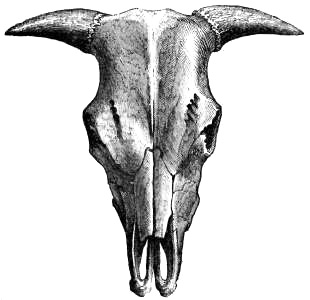Fauna and Flora of Ancient Ireland
With a passing glance at our ancient Fauna and Flora, and the physical state of the country at this period, we must conclude briefly.
It is probable that the province of Ulster, which was styled by statute, in Queen Elizabeth's time, "the most perilous place in all the isle," was much in the same state as to its physical characteristics in the century of which we write. It was densely wooded, and strong in fortresses, mostly placed on lakes, natural or artificial. Two great roads led to this part of Ireland—the "Gap of the North," by Carrickmacross, and the historically famous pass by Magh-Rath. From the former place to Belturbet the country was nearly impassable, from its network of bogs, lakes, and mountains. We shall find at a later period what trouble these natural defences gave to the English settlers.
Munster so abounded in woods, that it was proposed, in 1579, to employ 4,000 soldiers for the sole purpose of hewing them down. Indeed, its five great forests were the strongholds of the Earls of Desmond; and enough evidence still remains at Glengariff and Killarney, to manifest the value of their sylvan possessions. The cold and withering blasts of the great Atlantic, appear to have stunted or hindered the growth of trees in Connaught. In 1210 the Four Masters mention the wilderness of Cinel-Dorfa, its principal forest; but it was amply provided with other resources for the protection of native princes. In 1529 Chief Baron Finglas gave a list of dangerous passes, with the recommendation that the "Lord Deputy be eight days in every summer cutting passes into the woods next adjoining the king's subjects."

Head of an Ox
